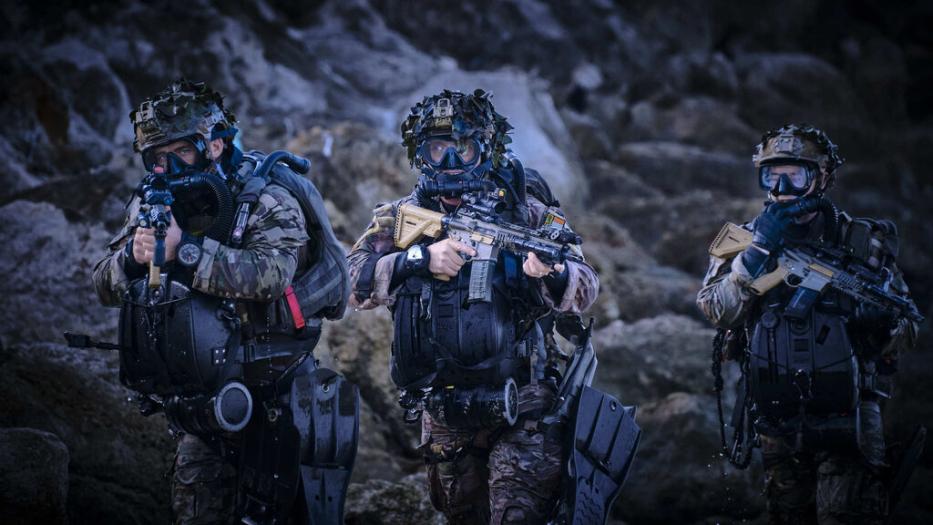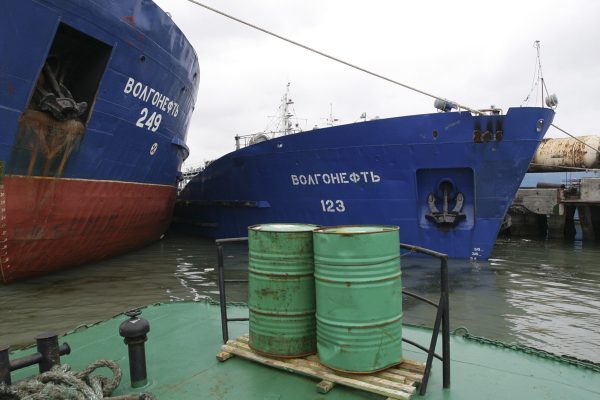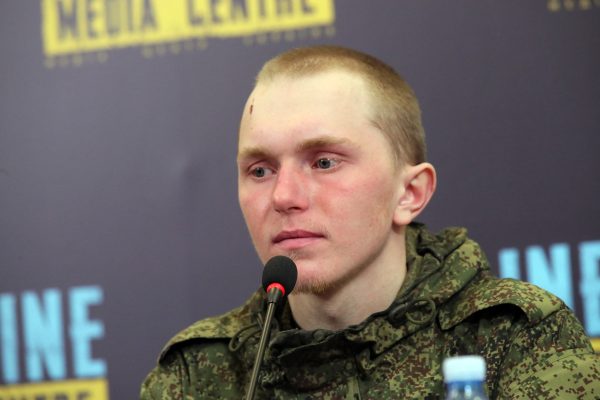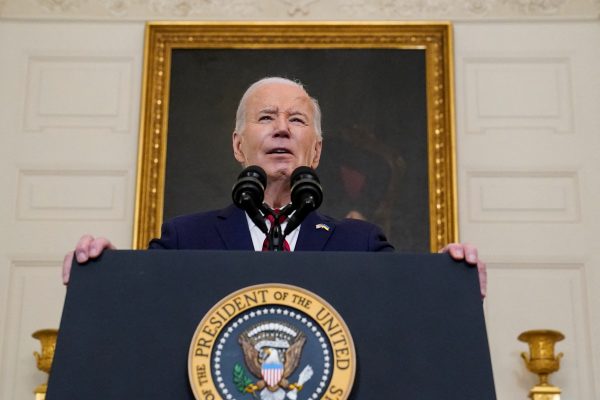When President Macron said on February 26 that Europeans might dispatch troops to Ukraine, you could easily visualize politicians across the continent grabbing their iPhones to examine his exact words.
“Nothing should be excluded,” the French President said. “We will do whatever it takes to ensure that Russia cannot win this war.”
Germany, Poland, the Czech Republic, and Spain were quick to oppose that initiative, with German Chancellor Olaf Scholz saying on February 27: “There will be no ground troops, no soldiers on Ukrainian soil sent by European countries or NATO states.”
The country’s vice chancellor tartly suggested the French forget deployments and think instead about sending more weapons. (Germany is Ukraine’s second-biggest supporter and has outspent Paris on bilateral military aid by a factor of more than 27:1.)
But while Macron’s words were alarming to some neighbors, the second element of his statement reflects a growing consensus among Europeans that Russian victory would represent a serious defeat for everyone.
European leaders are now thinking urgently about a possible change of US administration as their own militaries report they are not ready to fight at scale.
Yet Europe does have options beyond NATO. The European Union (EU) has been seeking to operationalize the concept of EU Strategic Autonomy since 2013. This independent approach is supposed to address issues like democracy, economics, and security through its Common Security and Defence Policy.
The growing risk of a Ukrainian defeat if arms deliveries continue to slow is real. EU leaders should now exercise their strategic autonomy by sending forces to Ukraine.
The EU has deployed 37 EU-flagged military missions on three continents since 2003 which positions them to assist Ukraine in missions ranging from logistics to guarding the Ukrainian/Belarusian border or shielding major Ukrainian cities west of the Dnieper River from Russian aggression.
Any forward-deployed EU forces would free up Ukrainian units for use at the front, helping generate more combat forces. Passive support would allow the EU to reform Ukrainian logistics and push maintenance facilities closer to the frontlines rather than redeploying assets to Poland and Romania for repair.
More active missions could include: providing border security, guarding major cities, or an air defense zone west of the Dnieper. Such actions would prevent Russia from opening another front from Belarus, and stop cruise missile and drone attacks against Ukrainian civilians and critical infrastructure. Any EU deployment would strongly signal to Moscow and Washington that it is a force to be taken seriously.
Of course, the use of military forces would require clear messaging to Putin that EU operations would not be escalatory as EU forces would only conduct defensive operations.
EU Strategic Autonomy gives the Europeans an opportunity to credibly exercise a policy independent of NATO and the US. Continued American strategic dithering means the EU can seize the initiative to protect and support Ukraine through deeds, not just words.
There would be major ramifications for such an EU-military operation inside of Ukraine.
First, EU strategic autonomy would demonstrate a willingness to militarily protect an independent and democratic Ukraine. Such an EU protective force would legitimize the role and value of the bloc, as their primary objective would be shielding civilians and infrastructure.
Second, the International Criminal Court (ICC) at The Hague is investigating Russian attacks on civilian infrastructure as war crimes. The humanitarian and legal position would be clear since EU forces would be deterring attacks, while EU air defense batteries could protect major Ukrainian cities from Russian cruise missiles and drones.
Third, with the EU already operating EU Military Assistance Mission in support of Ukraine (EUMAM-Ukraine), to train and equip 40,000 Ukrainian soldiers, moving EU-flagged forces into Ukraine would improve the quality of training by giving EU advisors and trainers an opportunity to observe Ukrainian TTPs (tactics, techniques, procedures).
Finally, Ukrainian military and security forces are spread thin having to protect against another Russian invasion from Belarus. Deployed EU forces along these border regions would allow Ukraine to divert more of their resources and personnel towards the eastern contact line. Such an EU protective force would free up more than 20 Ukrainian brigades for EUMAM training and combat duties.
Some may scoff at the idea of forward positioning EU forces because Brussels might impose overly restrictive rules of engagement (ROEs) or might not provide enough forces or equipment to credibly defend their positions.
However, if the EU is committed to achieving strategic autonomy and ensuring Ukraine remains free and independent, then it is a vital European interest to ensure that Russia does not militarily defeat Ukraine.
Ultimately, the EU has an opportunity to stop an imperial land grab by boldly sending defensive forces to Ukraine. Such a putative deployment would put to rest current burden-sharing discussions, especially in Washington. It would be difficult for US politicians to accuse Europeans of free-riding if European forces were deployed to a combat zone.
Obviously, there is risk involved with any EU force being in Ukraine, but risk aversion is what Putin seeks to exploit. The EU cannot allow itself to be paralyzed by fear that its military might suffer casualties. This would be solely a defensive mission to support the sovereignty and peace of the European continent.
G. Alexander (Alex) Crowther, PhD, is a Non-resident Senior Fellow with the Transatlantic Defense and Security Program at the Center for European Policy Analysis (CEPA). He has published in a variety of formats and locations since 2005, mainly on cyber and European security issues.
Lieutenant Colonel Jahara ‘Franky’ Matisek, PhD, (@JaharaMatisek) is a military professor in the national security affairs department at the US Naval War College, research fellow at the European Resilience Initiative Center, and US Department of Defense Minerva co-principal investigator for improving Western security assistance.
The views expressed are those of the authors and do not reflect the official position of the Department of the Air Force, US Naval War College, Department of Defense, or the US Government. This article was supported by the Air Force Office of Scientific Research under award number FA9550-20-1-0277.
Europe’s Edge is CEPA’s online journal covering critical topics on the foreign policy docket across Europe and North America. All opinions are those of the author and do not necessarily represent the position or views of the institutions they represent or the Center for European Policy Analysis.





